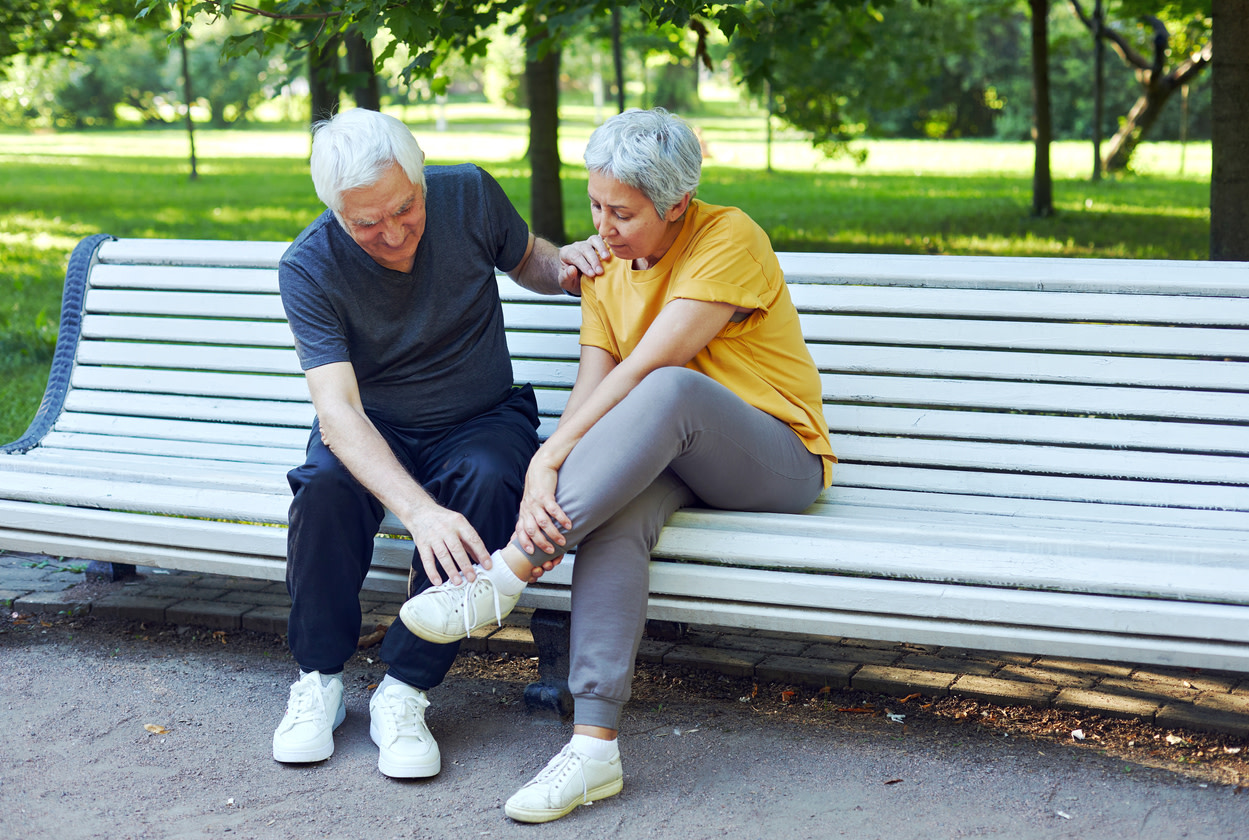Dolor de tobillo al caminar: tratamientos y ejercicios
Aprende por qué te duele el tobillo cuando caminas y recibes consejos y ejercicios de fisioterapeutas para mejorar la fuerza de tu tobillo y prevenir el dolor.
$0 costo para usted
Última actualización: May 7, 2025
El índice
Fully covered foot or ankle pain relief
Find relief from foot pain, ankle pain, plantar fasciitis, & more.
Check if I'm eligibleExercises for ankle pain relief
¿Quieres atención de expertos? Consulta si estás cubierto por nuestro programa gratuito �→- Estiramiento de sóleo
- Levanta la pantorrilla
- Alzamiento de tibia
- Sentadillas
